Home>Gardening & Outdoor>Landscaping Ideas>How To Grow Grass In A Yard Full Of Weeds
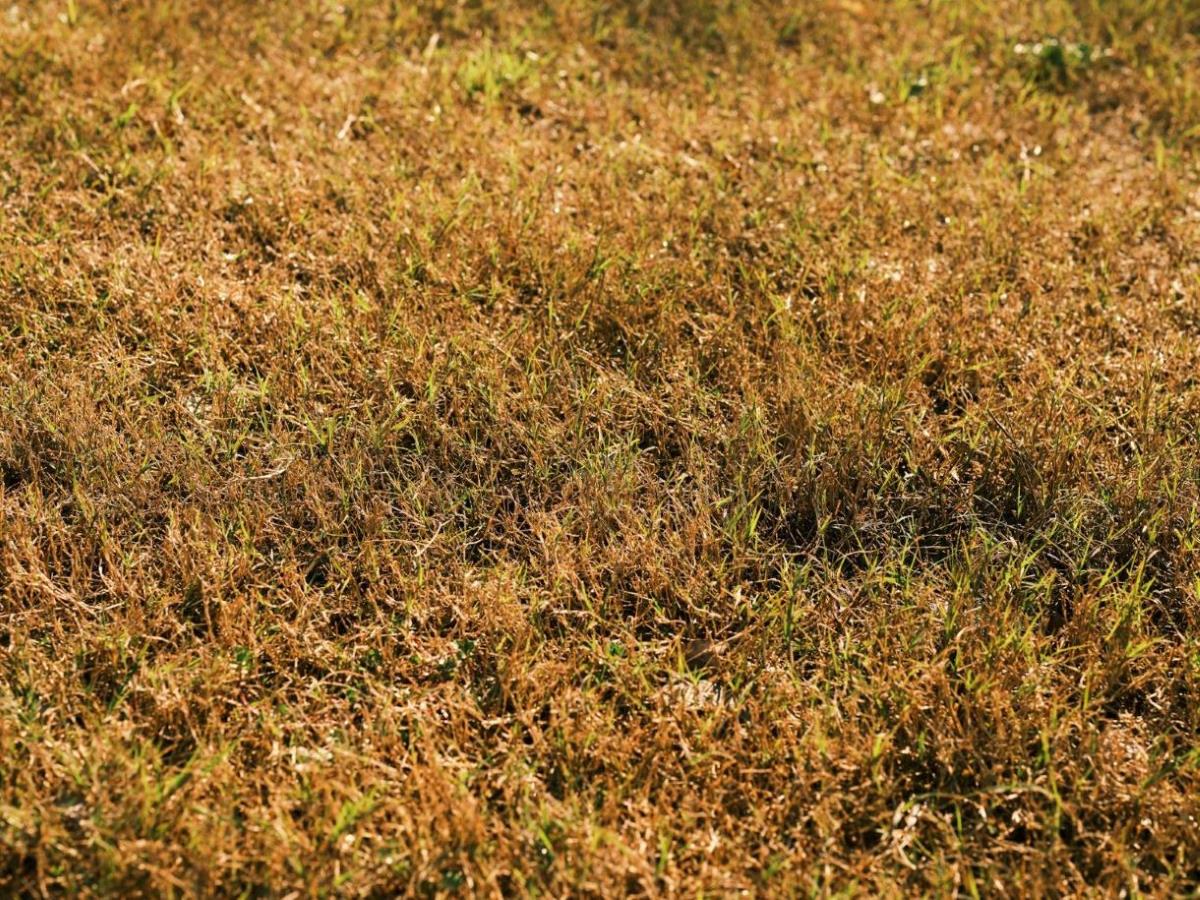

Landscaping Ideas
How To Grow Grass In A Yard Full Of Weeds
Modified: September 1, 2024
Discover effective landscaping ideas for growing grass in a yard full of weeds. Learn how to transform your lawn with our expert tips and advice. Achieve a lush, weed-free yard today!
(Many of the links in this article redirect to a specific reviewed product. Your purchase of these products through affiliate links helps to generate commission for Storables.com, at no extra cost. Learn more)
Introduction
So, you’ve looked out into your yard and noticed that it’s looking a little worse for wear. Weeds seem to have taken over, and the grass is struggling to survive in the midst of it all. But fear not! With the right approach, you can transform your yard into a lush, green oasis that you can be proud of.
In this comprehensive guide, we’ll walk through the steps to rejuvenate your yard and grow healthy, vibrant grass, even in the midst of a weed invasion. From assessing the condition of your yard to choosing the right grass seed, preparing the soil, planting the seed, and ongoing maintenance, we’ve got you covered. We’ll also delve into effective strategies for dealing with those pesky weeds that have overstayed their welcome.
By the time you’ve finished reading this guide, you’ll be armed with the knowledge and confidence to tackle the challenge of growing grass in a yard full of weeds. So, roll up your sleeves and get ready to transform your outdoor space into a beautiful, weed-free haven. Let’s get started!
Key Takeaways:
- Assess your yard for weeds, grass condition, soil quality, and sunlight. This helps you create a tailored plan for growing healthy grass and dealing with pesky weeds.
- Choose the right grass seed based on climate, sunlight, soil, and weed resistance. Prepare the soil, plant the seed, and maintain the grass for a lush, weed-resistant lawn.
Read more: How To Turn A Yard Of Weeds Into Grass
Assessing the Condition of the Yard
Before diving into the process of growing grass in a yard overrun by weeds, it’s crucial to assess the current state of your yard. Understanding the existing conditions will help you determine the best course of action to achieve a healthy, thriving lawn.
Start by taking a close look at the types of weeds that have taken root in your yard. Are they broadleaf weeds, such as dandelions and clover, or grassy weeds like crabgrass? Identifying the specific types of weeds will guide your approach to weed control and help you select the most effective herbicides or natural remedies.
Next, evaluate the quality of the existing grass. Is it sparse and patchy, or is it struggling to compete with aggressive weeds? Understanding the state of the grass will influence your decisions when it comes to overseeding, fertilization, and overall lawn care practices.
Consider the soil quality as well. Is it compacted, poorly drained, or lacking essential nutrients? Conducting a soil test can provide valuable insights into its pH level and nutrient content, enabling you to make informed decisions about soil amendments and fertilization.
Observe the amount of sunlight and shade that different areas of your yard receive throughout the day. Grass varieties have varying sunlight requirements, so understanding the light conditions will help you select the most suitable grass seed for your yard.
Finally, take note of any underlying issues such as thatch buildup, compaction, or poor irrigation. These factors can contribute to the proliferation of weeds and hinder the growth of healthy grass.
By thoroughly assessing the condition of your yard, you’ll be equipped to develop a tailored plan to address the specific challenges it presents. With this knowledge in hand, you’re ready to move on to the next crucial step: choosing the right grass seed.
Choosing the Right Grass Seed
When it comes to growing grass in a yard filled with weeds, selecting the right grass seed is a critical decision that can significantly impact the success of your lawn restoration efforts. With a wide array of grass species and varieties available, it’s essential to consider several factors to ensure that you choose the most suitable seed for your specific needs.
First and foremost, take into account the climate and growing conditions in your region. Different grass species thrive in varying climates, so it’s important to select a seed that is well-suited to your local climate, whether it’s warm-season grasses like Bermuda and Zoysia for southern regions or cool-season grasses such as Kentucky bluegrass and fescue for northern areas.
Consider the amount of sunlight and shade in your yard. If certain areas receive ample sunlight while others are shaded for a significant portion of the day, opt for a grass seed blend that accommodates these light conditions. Some grass varieties are more shade-tolerant, making them ideal for areas with limited sun exposure.
Assess the level of foot traffic that your lawn typically experiences. For high-traffic areas where children and pets frequently play, choose a durable, wear-resistant grass seed variety that can withstand heavy use without thinning or becoming damaged.
Keep in mind the soil quality and drainage in your yard. If your soil is acidic or alkaline, select grass seed varieties that thrive in your soil’s specific pH range. Additionally, if your yard is prone to poor drainage, consider grass species that are tolerant of wet conditions.
Another crucial factor to consider is the presence of weeds. Some grass seed mixes are formulated with weed-resistant varieties, helping to stifle weed growth and promote a healthier lawn. By choosing a seed blend with built-in weed resistance, you can gain a competitive edge in the battle against invasive plants.
By carefully considering these factors, you can make an informed decision when selecting the right grass seed for your yard. Once you’ve chosen the ideal seed, you’re ready to move on to the next steps in the journey to rejuvenate your lawn: preparing the soil and planting the grass seed.
Preparing the Soil
Before planting new grass seed in a yard overrun by weeds, it’s essential to prepare the soil to create an optimal environment for germination and healthy growth. Soil preparation sets the stage for successful grass establishment and helps address underlying issues that may have contributed to weed infestation and poor grass growth.
Start by eliminating existing weeds and debris from the area. Depending on the extent of weed coverage, you may opt to manually remove weeds or utilize an herbicide to effectively clear the space. Once the weeds have been eradicated, thoroughly rake the soil to remove any remaining debris and create a smooth, level surface for seeding.
Conduct a soil test to assess its pH level and nutrient content. Based on the test results, amend the soil as needed to optimize its fertility and pH balance. Adding organic matter, such as compost or well-rotted manure, can improve soil structure and enhance its ability to retain moisture and nutrients, creating a favorable environment for grass growth.
If the soil is compacted, aerate the area to alleviate compaction and promote better air and water penetration. Aeration helps create space for grass roots to spread and access essential resources, fostering healthier and more resilient turf.
Consider applying a starter fertilizer specifically formulated for new seedings. A high-phosphorus fertilizer can provide the nutrients necessary for strong root development and early growth, giving your new grass seedlings a vital head start.
Once the soil has been appropriately prepared, it’s time to move on to the exciting phase of planting the grass seed and witnessing the transformation of your yard. With the soil primed for optimal growth, you’re well-positioned to nurture a lush, weed-free lawn that will enhance the beauty of your outdoor space.
Mow the weeds down to ground level, then aerate the soil. Apply a weed killer to the entire area. Once the weeds are dead, spread grass seed and water regularly. Keep the area free of foot traffic until the grass is established.
Planting the Grass Seed
With the soil meticulously prepared, it’s time to embark on the gratifying process of planting the grass seed that will breathe new life into your yard. By following best practices for seeding, you can maximize the chances of successful germination and establish a resilient, vibrant lawn that will outcompete weeds and transform your outdoor space.
Begin by selecting an appropriate seeding method based on the size of the area to be seeded. For smaller areas, hand broadcasting or using a handheld spreader may be suitable, while larger areas may benefit from the use of a mechanical seeder or a broadcast spreader to ensure even coverage.
When distributing the grass seed, aim for uniform coverage to avoid patchy or thin areas in the lawn. Pay special attention to edges and corners, where seed distribution can sometimes be less consistent. Consider dividing the total seed quantity into two equal portions and applying half in one direction and the remaining half in a perpendicular direction to achieve thorough coverage.
After spreading the seed, lightly rake the area to incorporate the seed into the top layer of soil. This helps ensure good seed-to-soil contact, which is essential for successful germination. Avoid burying the seed too deeply, as this can hinder germination and impede the emergence of new grass seedlings.
Once the seed is in place, gently roll or tamp the seeded area to improve seed-soil contact and promote seedling establishment. This step can help prevent the seed from being displaced by wind or water and encourages the seeds to remain in close contact with the soil for optimal germination.
After planting the grass seed, it’s crucial to provide consistent moisture to support germination and early growth. Water the newly seeded area lightly and frequently, keeping the soil consistently moist but not waterlogged. Proper irrigation is essential for encouraging the emergence of healthy, robust seedlings.
By carefully tending to the process of planting the grass seed, you set the stage for the emergence of a lush, resilient lawn that will gradually outshine the weeds and become a source of pride and enjoyment. With the seed in place and the promise of new growth on the horizon, you’re well on your way to reclaiming your yard from the clutches of invasive weeds.
Read more: How To Turn A Weed Yard Into Grass
Maintaining the Grass
Once the grass seed has been planted and the initial stages of growth have begun, it’s essential to implement a proactive maintenance regimen to nurture the young grass and facilitate its transition into a thriving, weed-resistant lawn. By adhering to sound maintenance practices, you can foster the development of a resilient turf that will gradually outcompete weeds and create a lush, verdant landscape.
One of the most crucial aspects of maintaining newly seeded grass is providing consistent moisture. During the germination phase, it’s important to keep the soil consistently moist to support the emergence of new seedlings. As the grass establishes itself, gradually transition to a deeper, less frequent watering schedule to encourage the development of robust, deep roots.
Regular mowing plays a vital role in promoting healthy grass growth. Once the new grass reaches a height of approximately 3 to 4 inches, it’s time for the first mowing. Set the mower blade to a height that removes no more than one-third of the grass blade, and aim to mow when the grass is dry to achieve a clean, even cut. Consistent mowing at the appropriate height encourages dense, vigorous growth and discourages weed establishment.
Fertilization is an important component of grass maintenance, as it provides essential nutrients that support robust growth and help the grass withstand weed competition. Consider applying a balanced, slow-release fertilizer according to the specific needs of your grass species and the recommendations based on your soil test results. Proper fertilization can bolster the grass’s resilience and contribute to its overall health and vigor.
Regular aeration can benefit the grass by alleviating soil compaction and improving air and water infiltration. Core aeration, which involves removing small plugs of soil from the lawn, enhances root development and promotes a healthier, more resilient turf. Aeration also helps reduce thatch buildup, allowing the grass to access essential resources more effectively.
Vigilant weed control is essential to safeguard the health and appearance of your grass. Monitor the lawn regularly for signs of weed encroachment and promptly address any emerging weeds. Spot-treating weeds with targeted herbicides or manually removing them can help prevent weed infestations from gaining a foothold in your revitalized lawn.
By consistently implementing these maintenance practices, you can nurture the growth of a robust, healthy lawn that will gradually crowd out weeds and create a lush, inviting outdoor space. With ongoing care and attention, your grass will flourish and transform your yard into a verdant sanctuary that you can enjoy for years to come.
Dealing with Weeds
Effectively managing weeds is a crucial aspect of reclaiming your yard and fostering the growth of healthy, vibrant grass. By implementing targeted strategies to combat weeds, you can prevent their encroachment and create an environment where your grass can thrive and flourish. From proactive prevention to targeted intervention, addressing weeds is essential for nurturing a resilient, weed-resistant lawn.
One of the most effective measures for weed control is maintaining a dense, healthy lawn. Vigorous, well-established grass can outcompete weeds by shading the soil, crowding out weed seedlings, and establishing a strong root system that makes it more challenging for weeds to take hold. Implementing proper mowing, watering, and fertilization practices to encourage robust grass growth is a fundamental step in weed prevention.
When weeds do emerge, it’s important to address them promptly and effectively. Manual removal of weeds, particularly in smaller infested areas, can be an efficient and environmentally friendly approach. Using a hand tool or garden knife, carefully extract weeds, ensuring that you remove the entire root system to prevent regrowth.
For larger weed infestations, targeted herbicide applications can provide effective control. Selective herbicides designed to target specific weed types while preserving grass can be applied to manage widespread weed populations. It’s essential to choose herbicides that are appropriate for the specific weeds present in your lawn and to follow application instructions meticulously to achieve optimal results.
Implementing cultural practices that discourage weed growth can also contribute to effective weed management. Avoiding overwatering, which can create favorable conditions for weed proliferation, and maintaining proper mowing heights to promote dense grass growth are integral components of a comprehensive weed control strategy.
Pre-emergent herbicides can be utilized to prevent weed seeds from germinating, providing an additional layer of defense against weed encroachment. These herbicides create a barrier in the soil that inhibits weed seed germination, helping to reduce the emergence of new weeds and maintain the integrity of your revitalized lawn.
By integrating these proactive and targeted approaches to weed management, you can create an environment where your grass can thrive while minimizing the impact of invasive weeds. With consistent vigilance and strategic intervention, you can gradually reclaim your yard from the clutches of weeds and cultivate a lush, resilient lawn that enhances the beauty of your outdoor space.
Conclusion
Congratulations on embarking on the journey to transform your yard from a weed-infested patch of land into a vibrant, healthy lawn that you can take pride in. By following the comprehensive steps outlined in this guide, you’ve laid the groundwork for nurturing the growth of resilient, weed-resistant grass that will enhance the beauty and functionality of your outdoor space.
Assessing the condition of your yard provided valuable insights into the specific challenges and opportunities present in your outdoor environment. By understanding the types of weeds, the state of the existing grass, and the quality of the soil, you gained the knowledge necessary to develop a tailored plan for lawn rejuvenation.
Choosing the right grass seed was a pivotal decision that set the stage for successful grass establishment. By considering factors such as climate, light conditions, soil quality, and weed resistance, you selected a grass seed blend that is well-suited to your yard’s unique needs, ensuring the best possible foundation for a healthy, resilient lawn.
Preparing the soil created an optimal environment for grass germination and growth. By addressing soil compaction, amending the soil with organic matter, and providing essential nutrients, you set the stage for the successful establishment of new grass seedlings.
Planting the grass seed marked the exciting beginning of the transformation process. By carefully distributing the seed, ensuring good seed-to-soil contact, and providing consistent moisture, you initiated the growth of a new, vibrant lawn that will gradually outshine the weeds and create a beautiful outdoor space.
Maintaining the grass through proper watering, mowing, fertilization, aeration, and vigilant weed control is essential for nurturing the growth of a resilient, healthy lawn. By implementing these maintenance practices, you will foster the development of a lush, vibrant lawn that will gradually crowd out weeds and become a source of pride and enjoyment.
Dealing with weeds through proactive prevention and targeted intervention is crucial for safeguarding the health and beauty of your lawn. By maintaining a dense, healthy lawn, promptly addressing emerging weeds, and integrating cultural practices and herbicide applications, you can effectively manage weeds and create an environment where your grass can thrive.
As you continue to implement these strategies and witness the gradual transformation of your yard, remember that patience and consistency are key. With ongoing care and attention, your efforts will culminate in the emergence of a resilient, weed-resistant lawn that will enhance the beauty and functionality of your outdoor space for years to come.
So, roll up your sleeves, stay committed to the process, and look forward to the day when you can revel in the lush, healthy lawn that you’ve worked so diligently to cultivate. Your yard’s transformation is well underway, and the rewarding results are on the horizon. Here’s to the success of your lawn rejuvenation journey!
Frequently Asked Questions about How To Grow Grass In A Yard Full Of Weeds
Was this page helpful?
At Storables.com, we guarantee accurate and reliable information. Our content, validated by Expert Board Contributors, is crafted following stringent Editorial Policies. We're committed to providing you with well-researched, expert-backed insights for all your informational needs.
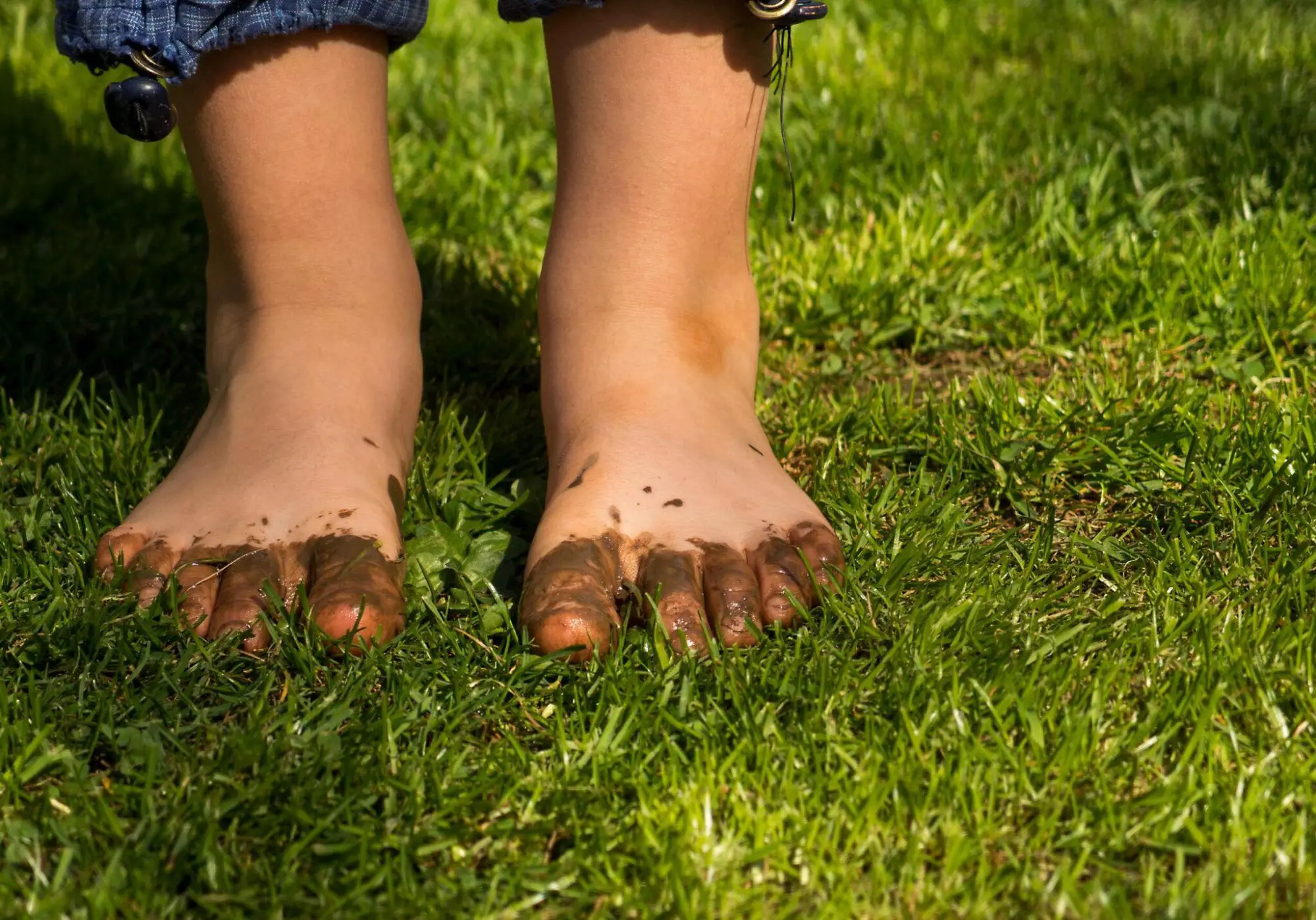
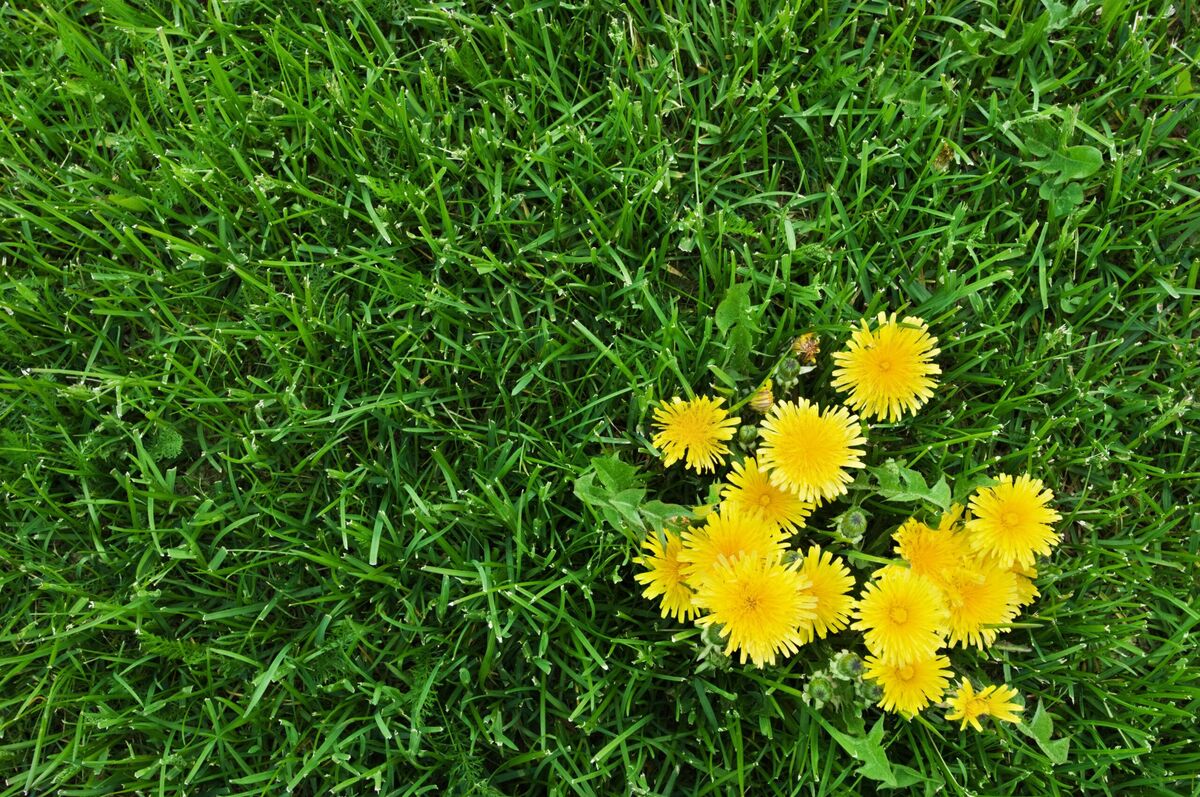
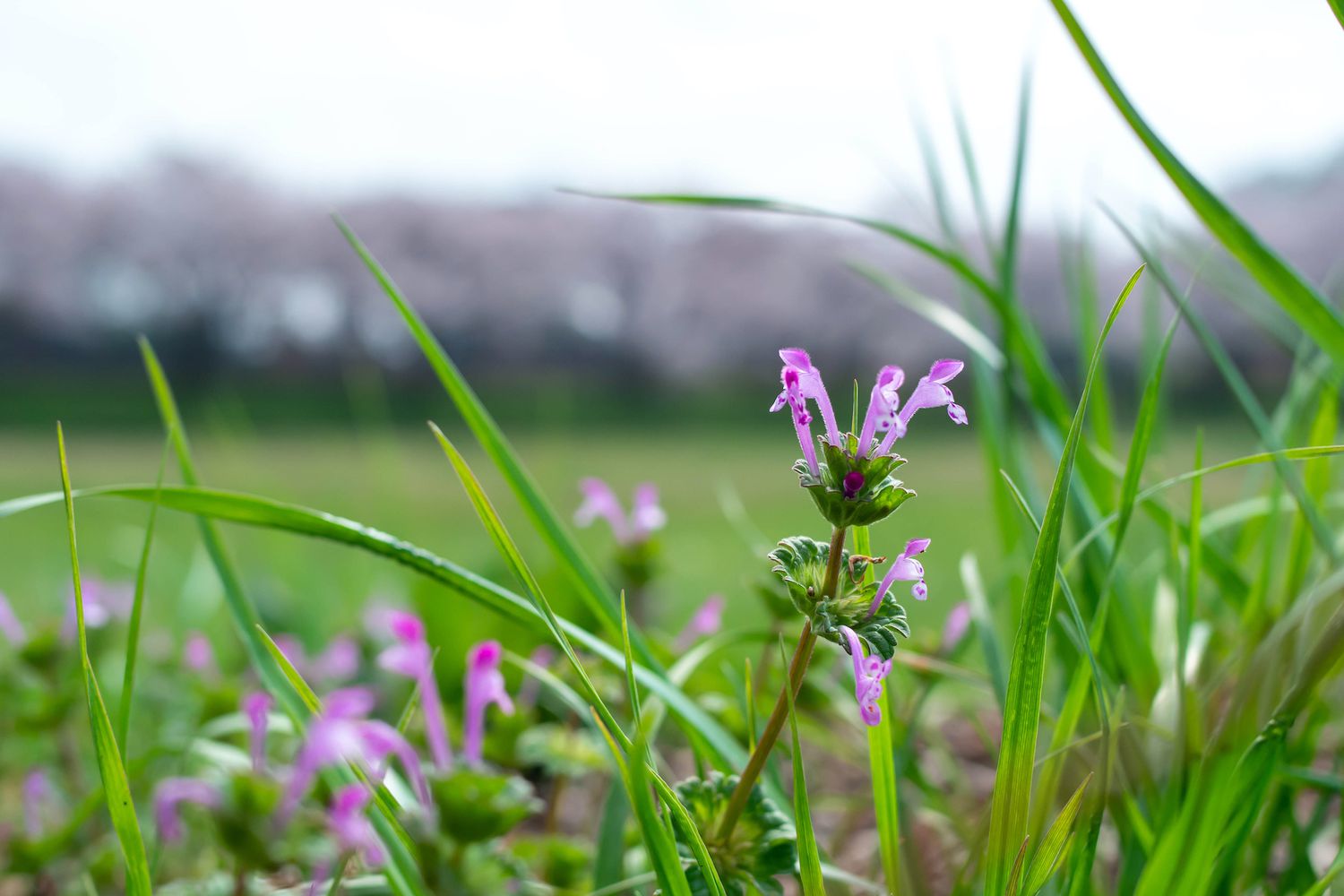
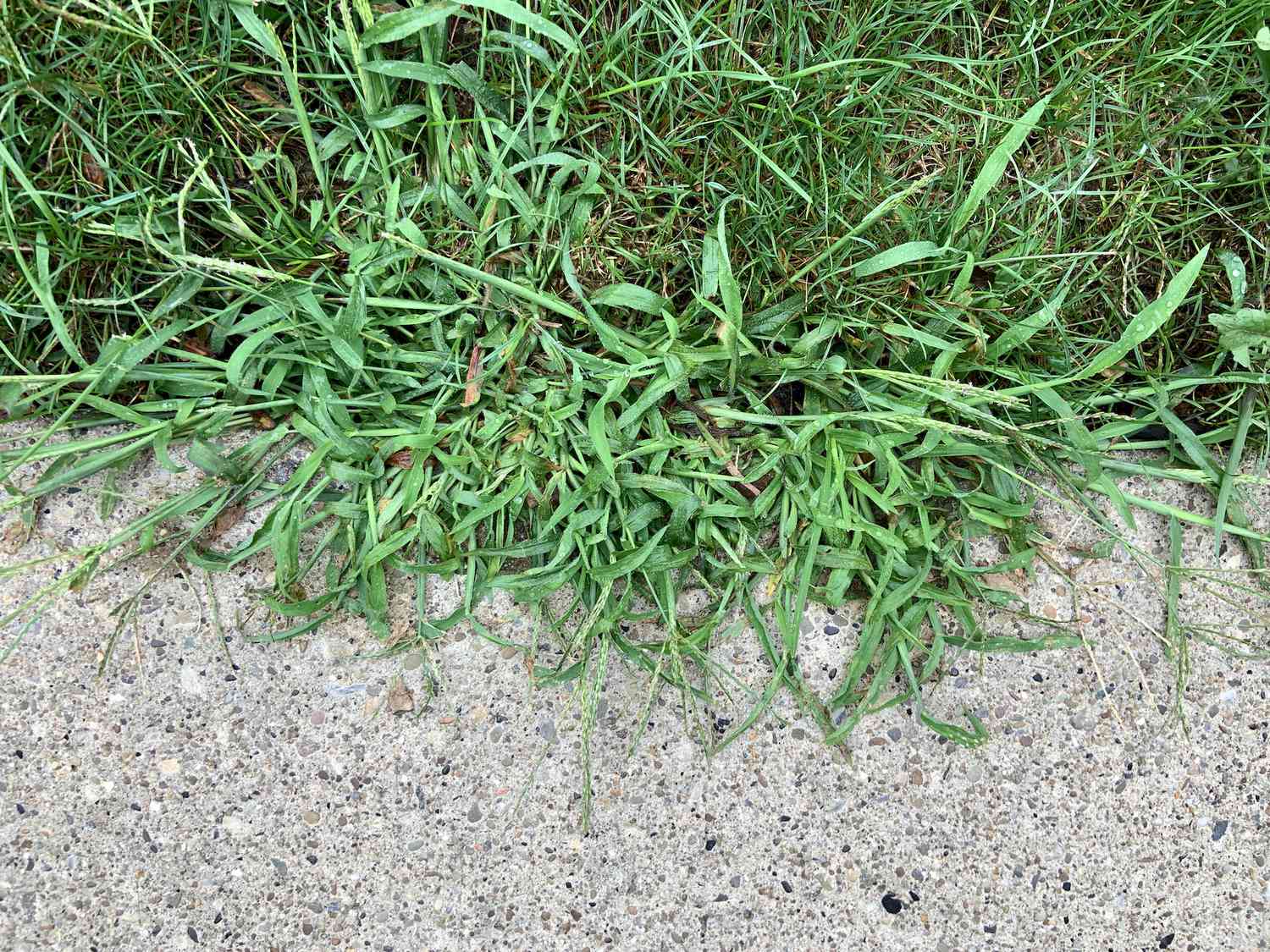
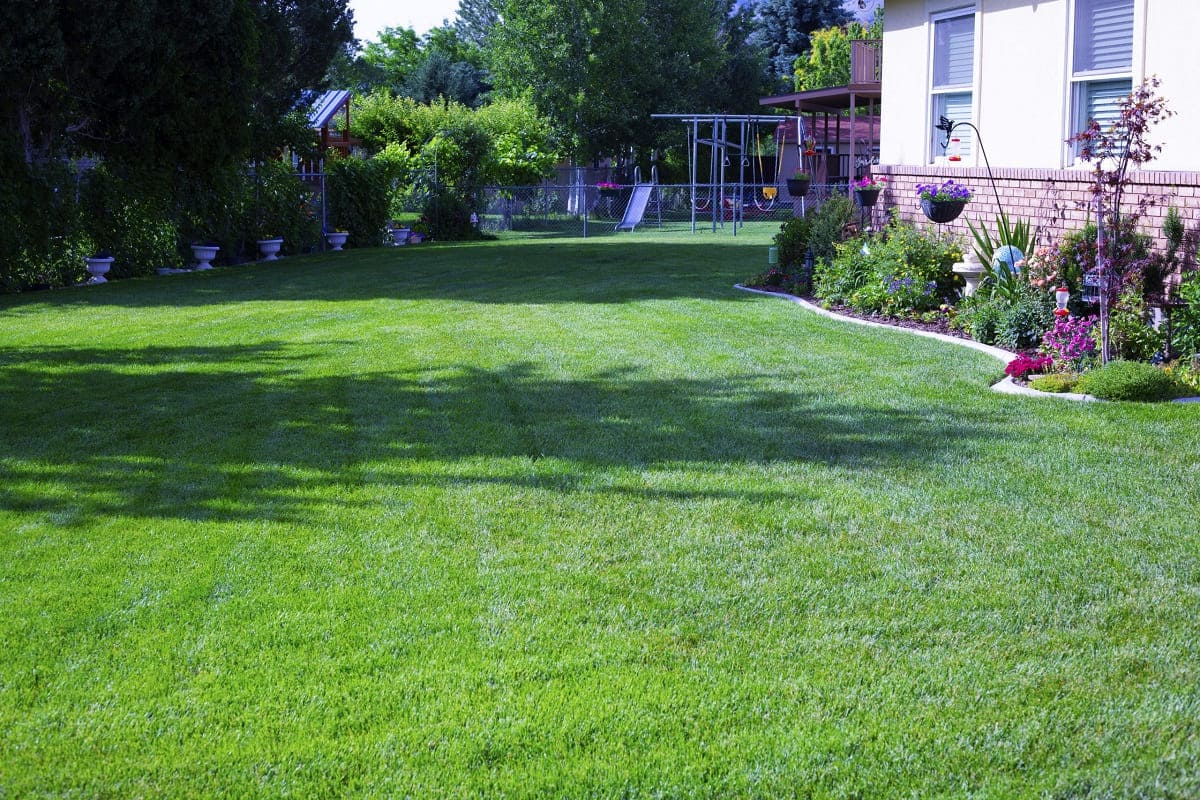
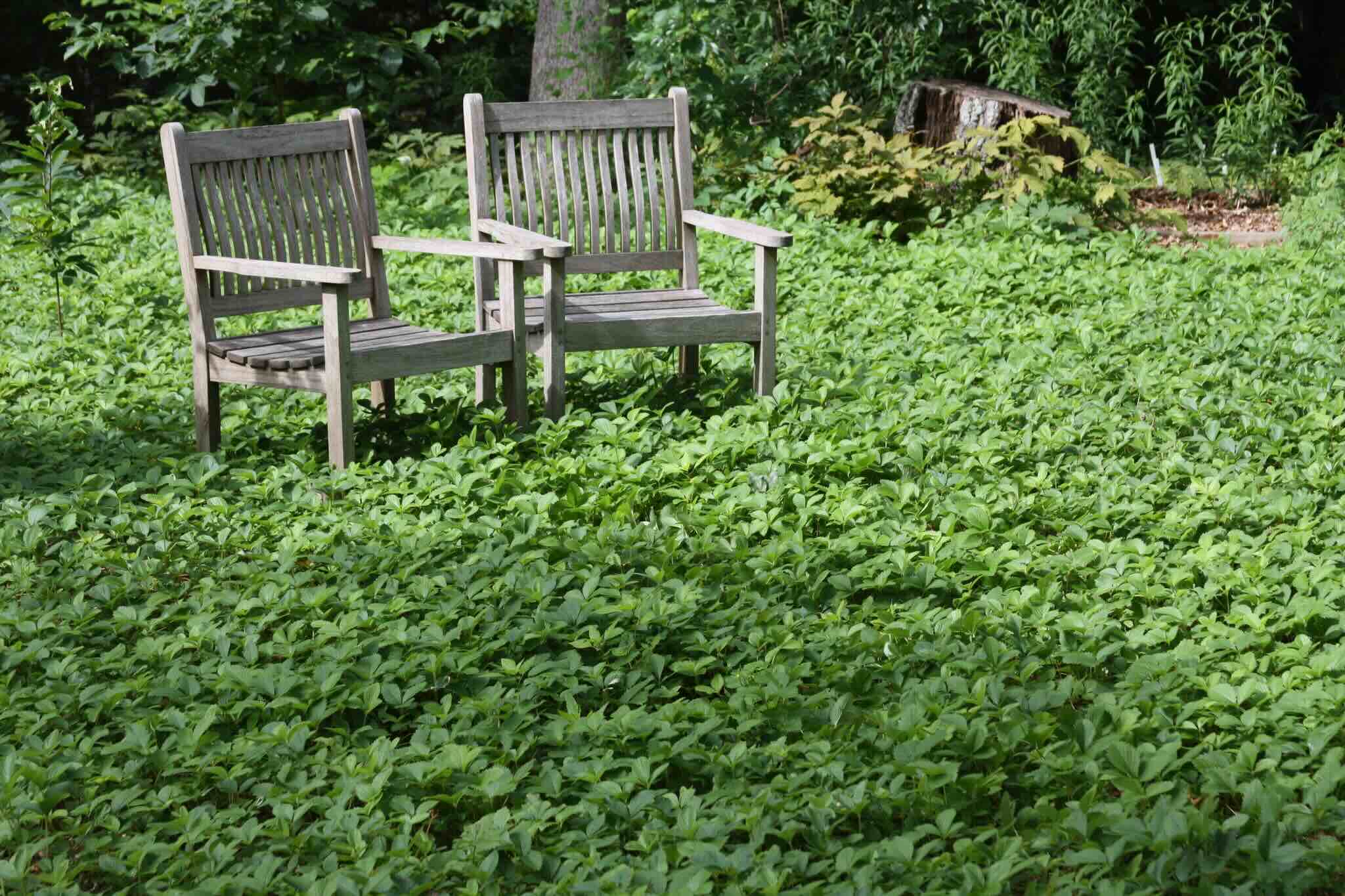

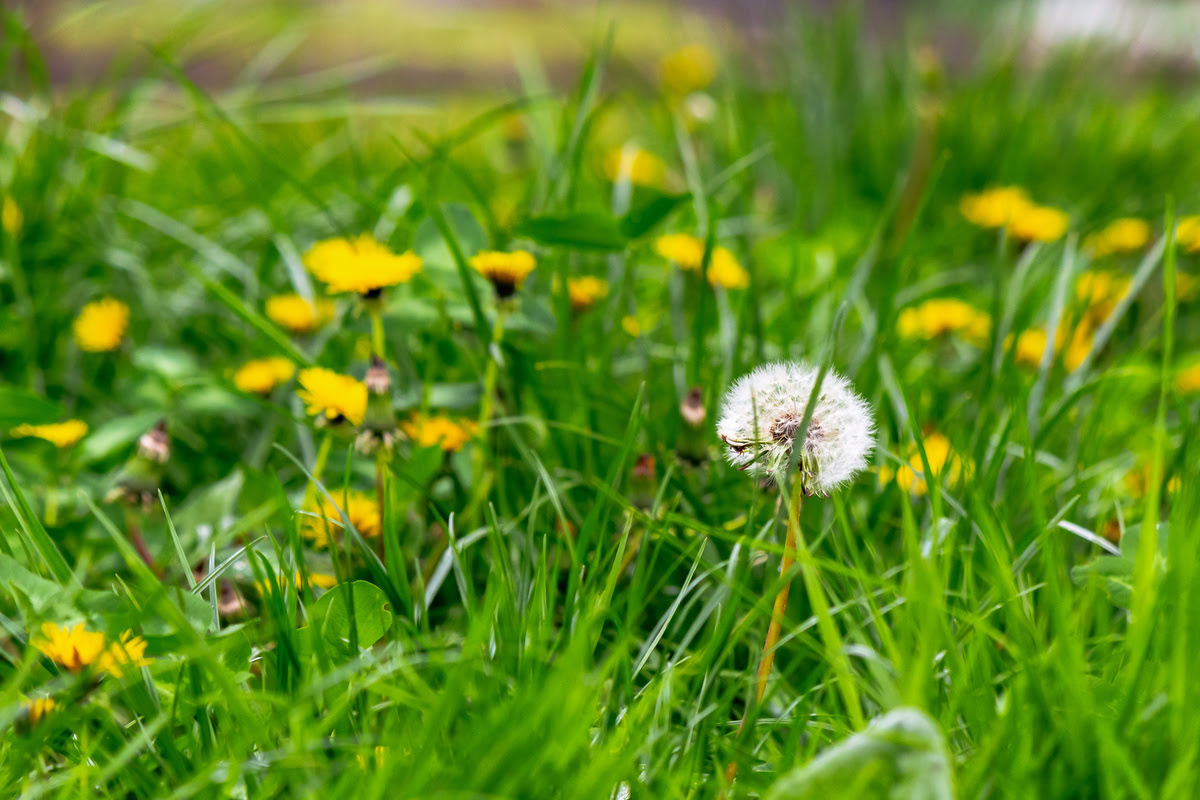
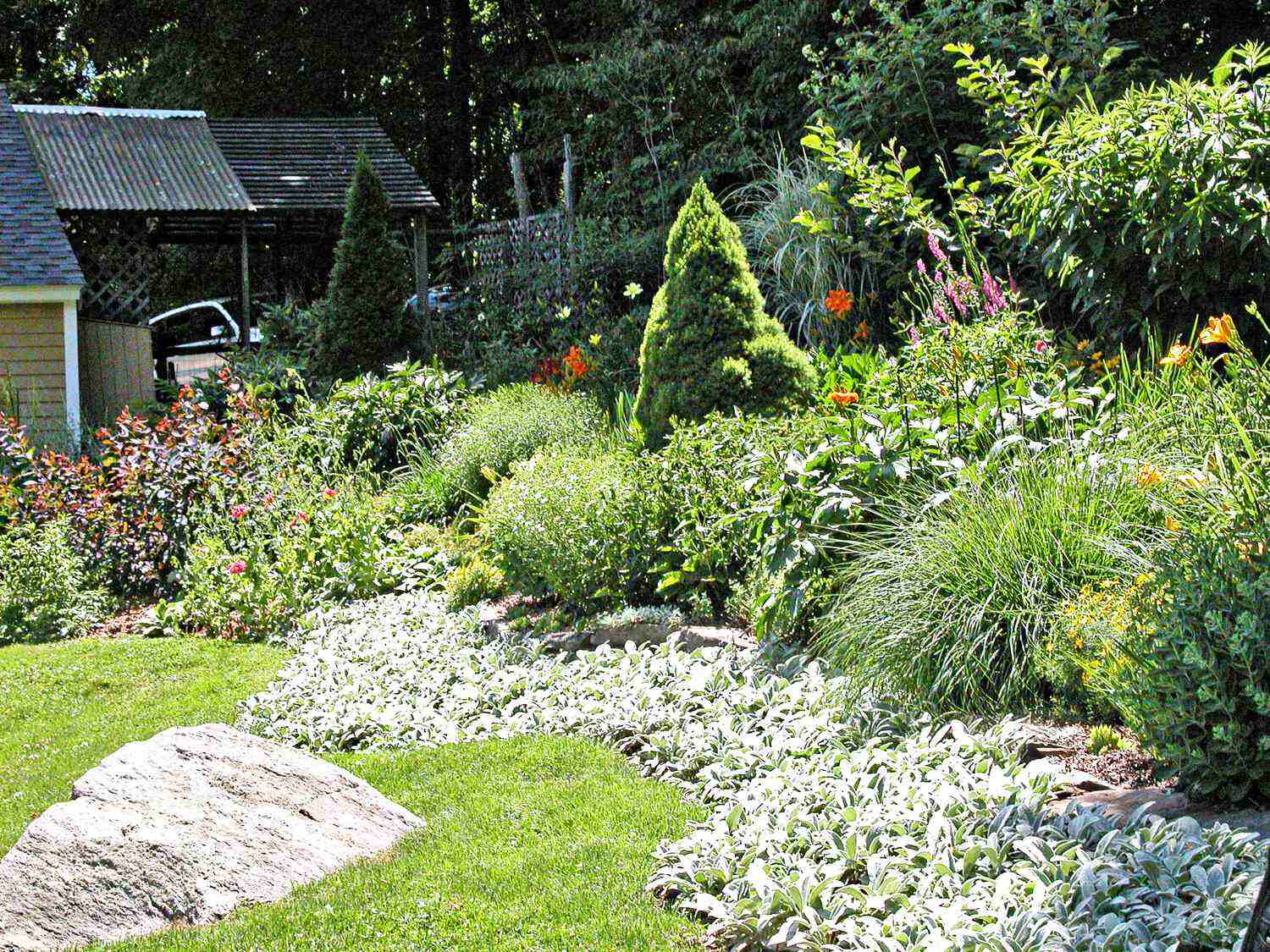
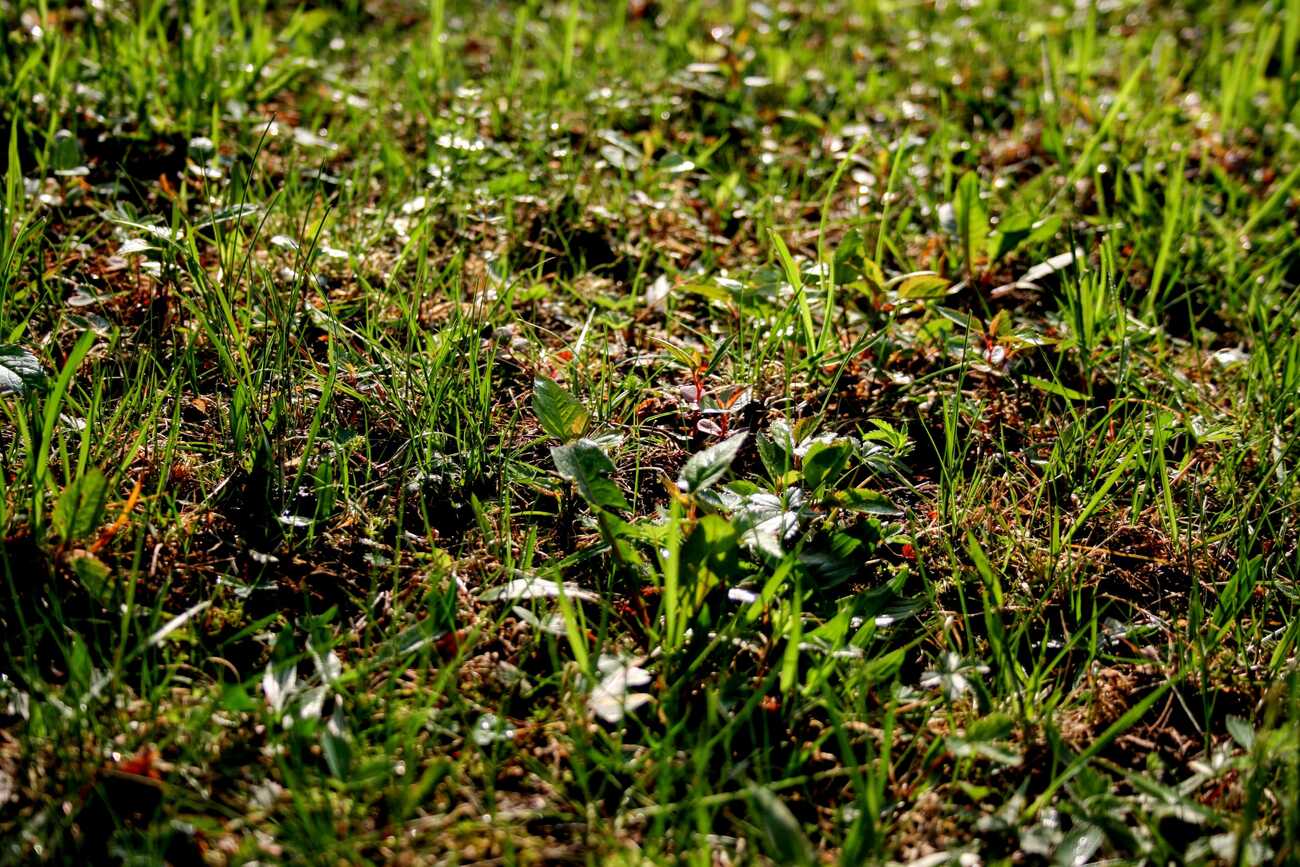
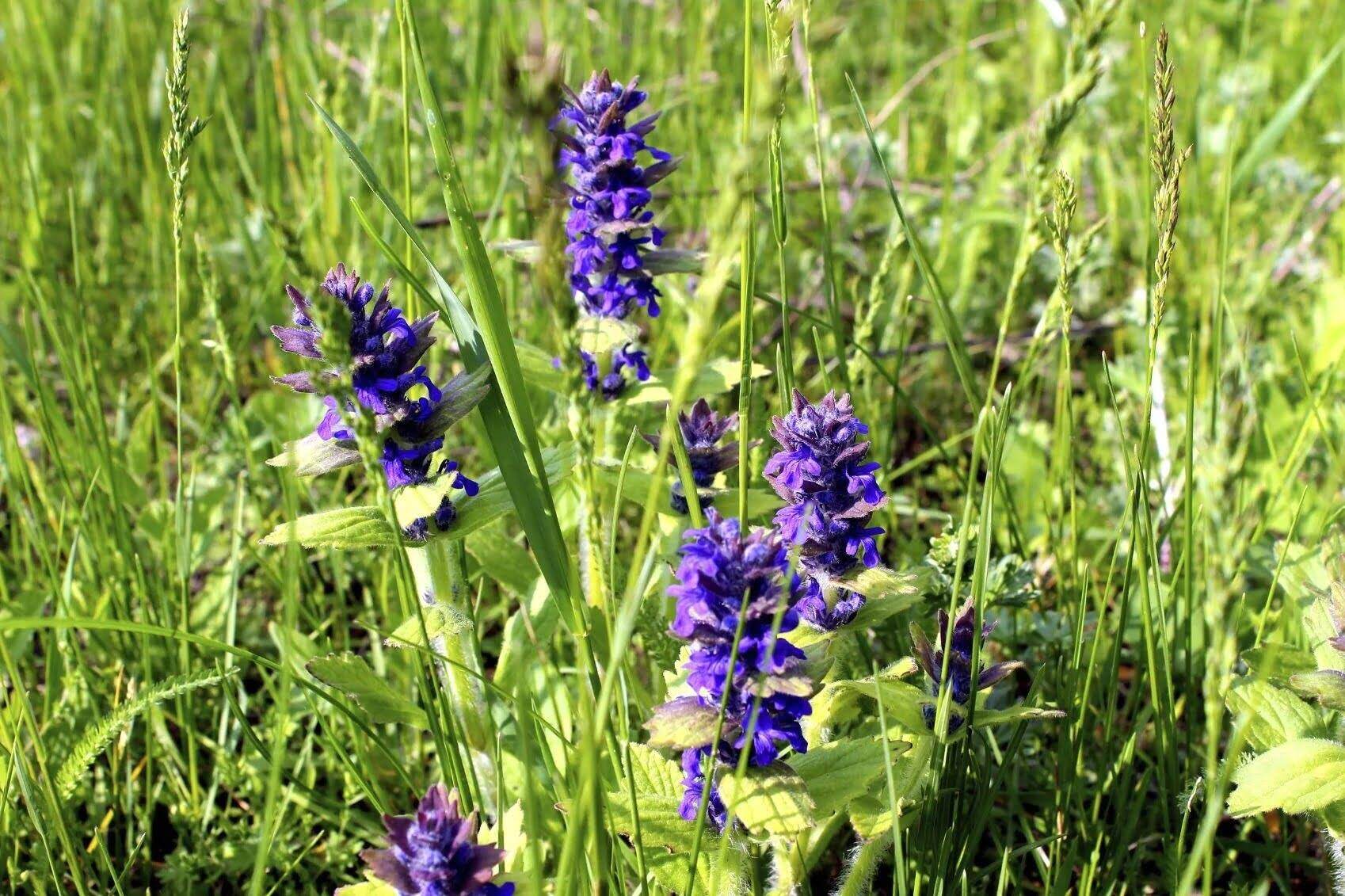
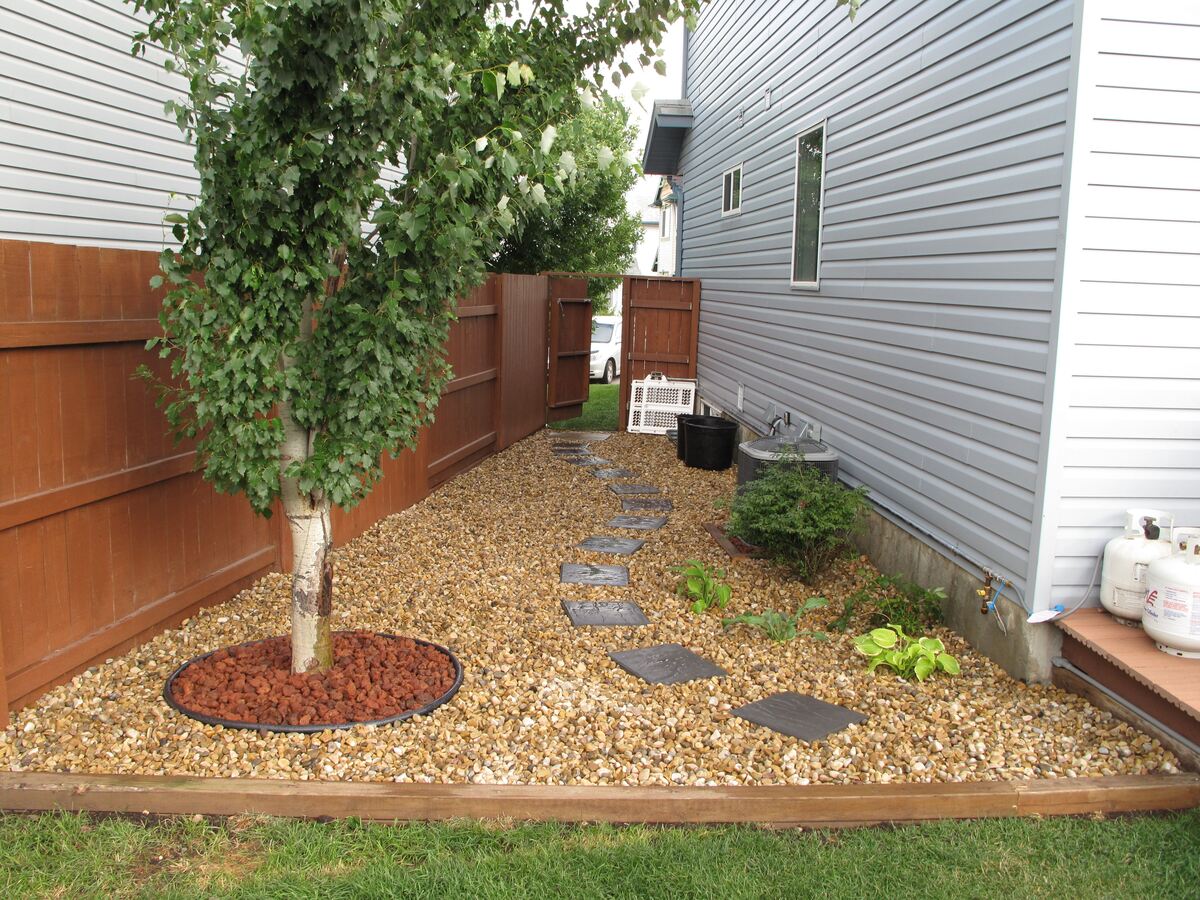
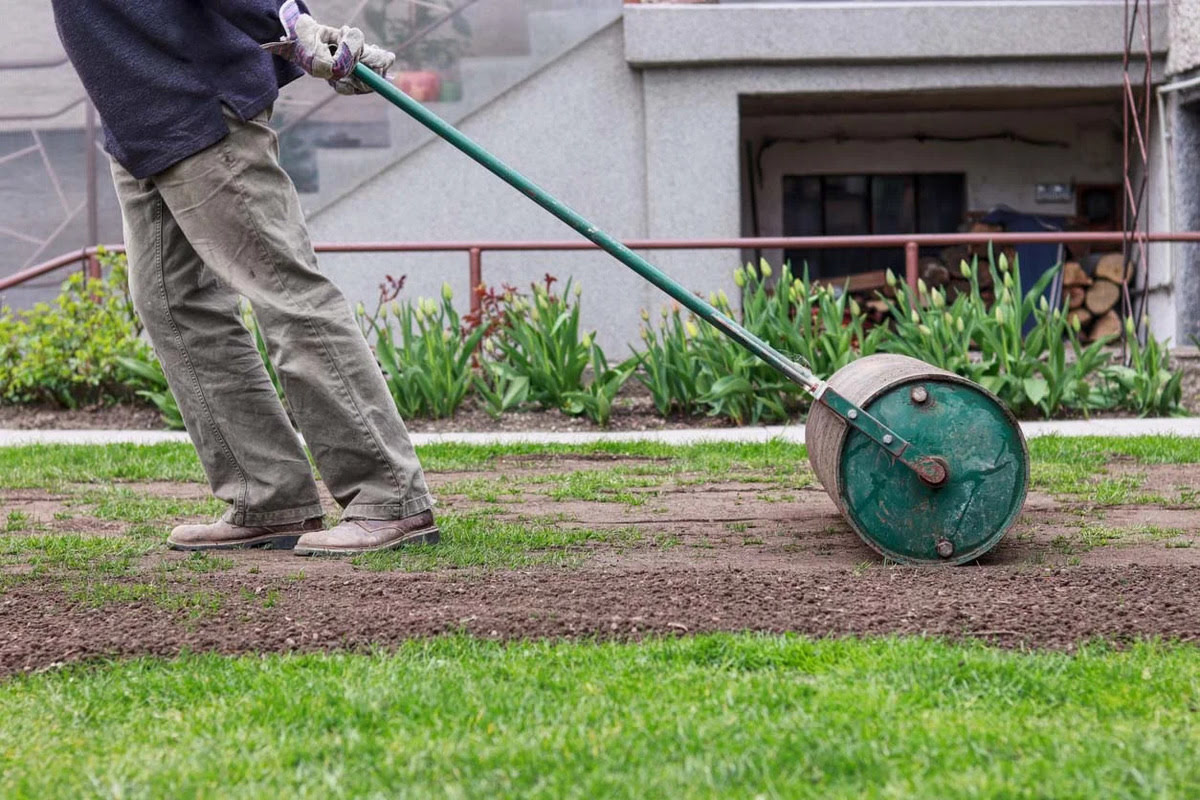
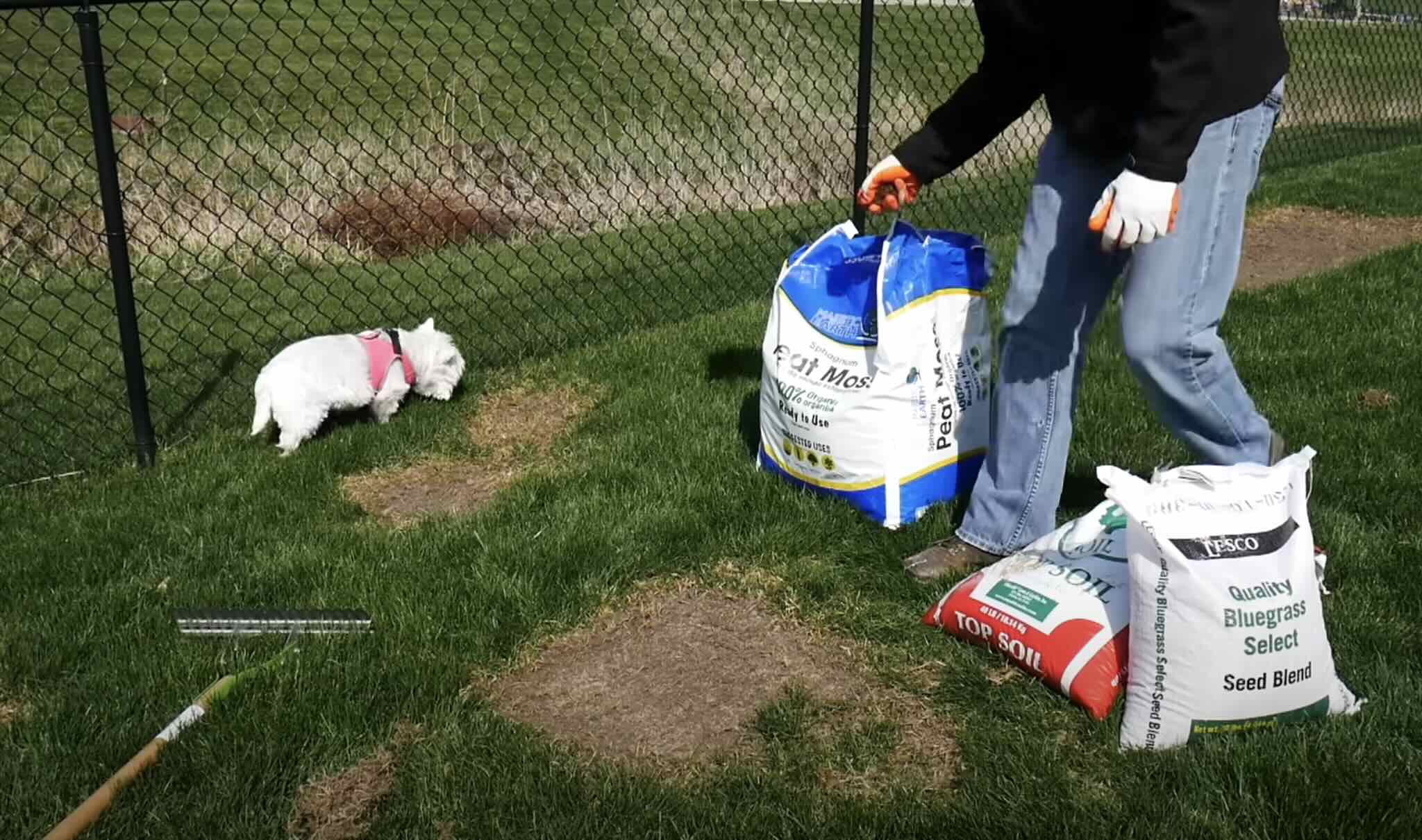

0 thoughts on “How To Grow Grass In A Yard Full Of Weeds”